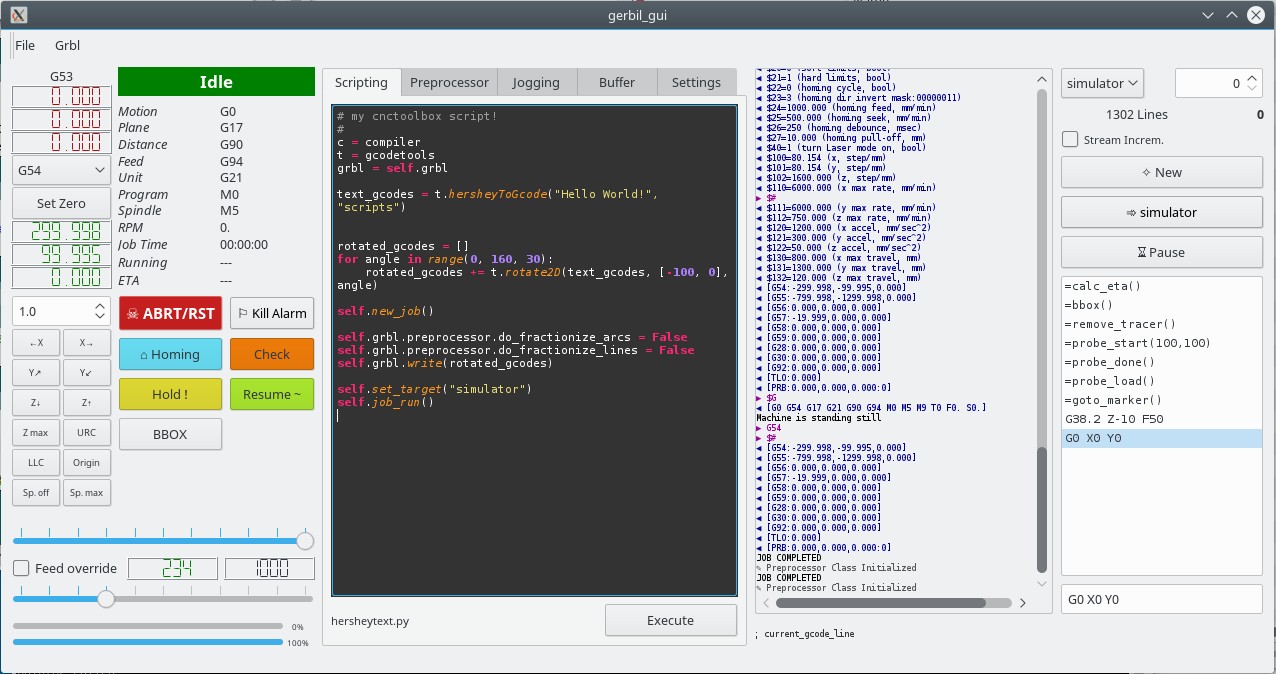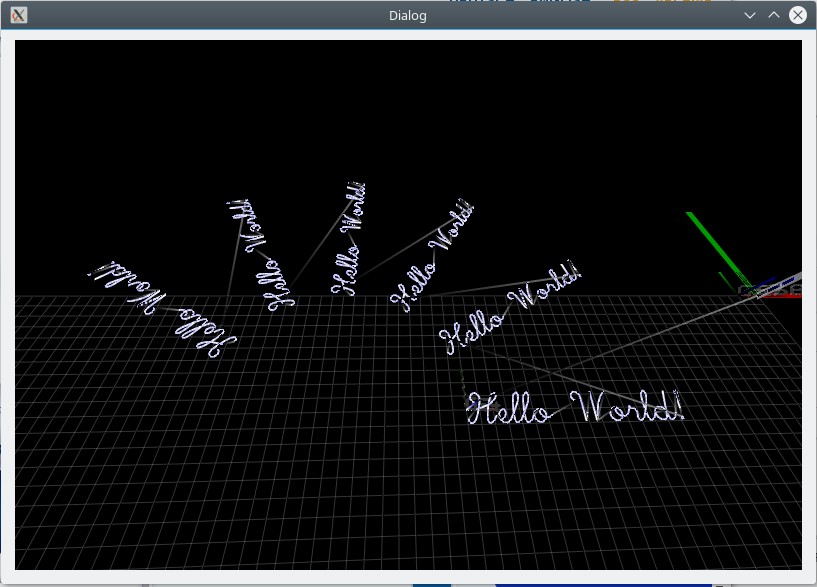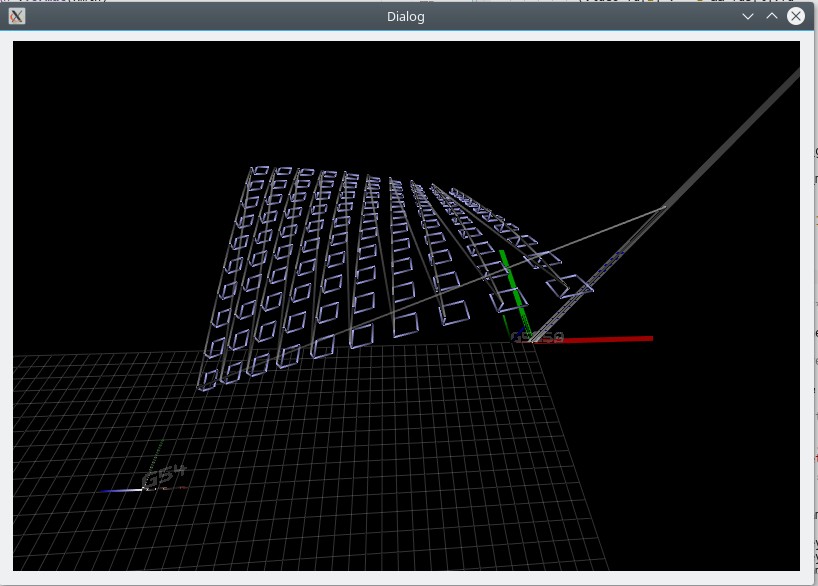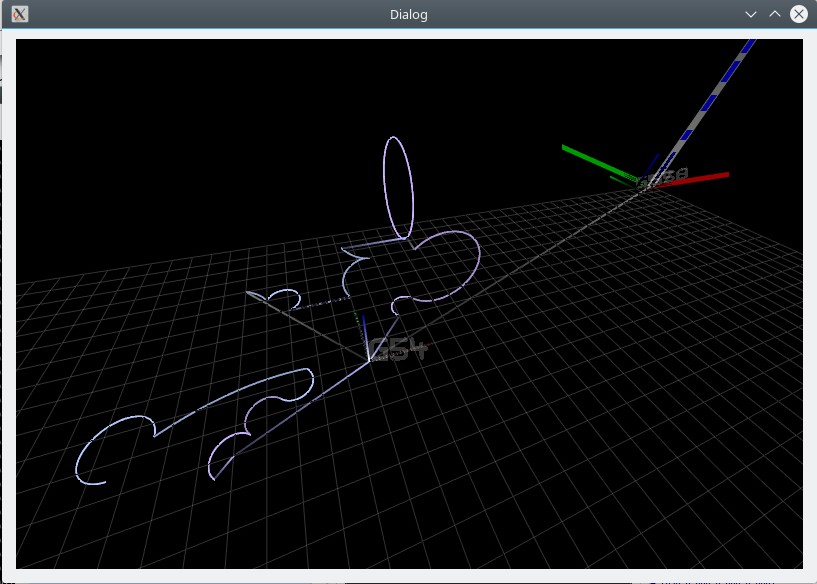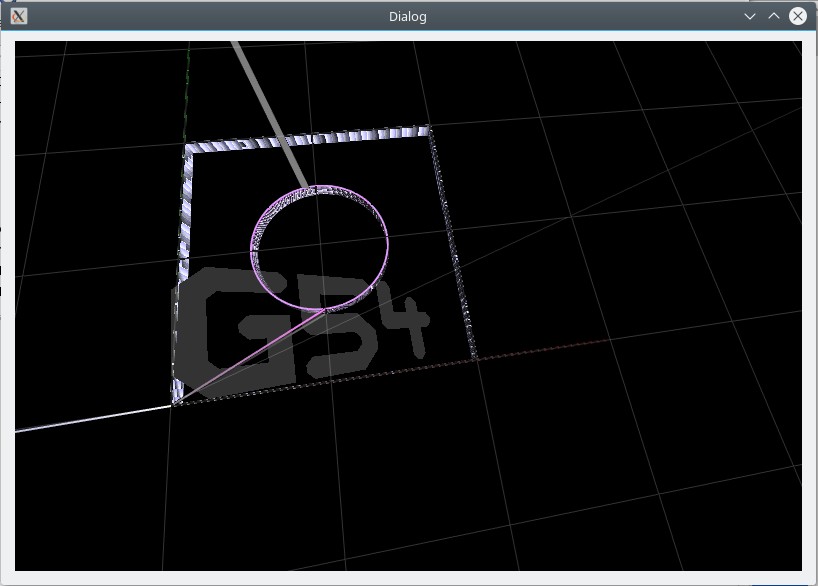Graphical User Interface for the "grbl" CNC controller; implemented in Python 3 with Qt 6 bindings.
- Real-time displays of grbl's state (mode, working position, machine position, motion mode, plane mode, distance mode, feed mode, unit mode, program mode, spindle mode, spindle RPM, serial read buffer untilization)
- Quick push buttons for
- Abort/reset
- Kill alarm
- Homing
- Check mode
- Holding and Resuming
- Generation of g-code that draws the bounding box around all other g-code (automatically goes to Hold mode, user can continue by pressing the Resume button)
- Go to maximum Z
- Go to upper right corner
- Go to lower right corner
- Go to coordinate system origin
- Spindle off
- Spindle maximum
- Simulation (dry-run) mode
- Sliding feed override
- interactive preprocessor g-code variable editing
- Buffer display
- interactive grbl's settings table
- Detached-window, real time, 3D visualization of g-code and tool position (using https://github.com/michaelfranzl/pyglpainter)
- Embedded Python scripting for procedural g-code generation and transformation
- Robust streaming of g-code to grbl (using https://github.com/michaelfranzl/grbl-streamer)
- Jogging buttons
- Coordinate system switching
- Interactive, one-line command line interface to grbl
- Supports grbl variant 0.9 (but 1.1 should work too thanks to grbl-streamer)
- Event timeline (of commands sent and received)
- Your graphics hardware and drivers need to support at least OpenGL version 2.1 with GLSL version 1.20.
- An Arduino board with grbl version 0.9j flashed onto it (however, the Gcode simulator and scripting will even work without an Arduino board connected) and connected to your computer.
Dependencies are managed using pipenv:
pip install pipenv --user
pipenv install -dTo start:
pipenv run ./grbl-gui.py gui --path /dev/ttyUSB0 --baud=115200Update Python code from Qt .ui file
pyuic6 -o lib/qt/grbl_gui/ui_mainwindow.py lib/qt/grbl_gui/mainwindow.ui